Here is a simplified description of our most common objects. For a more detailed description click here.
Process

A process is a repetitive activity that performs a task. We use the active verb form to describe the process e.g. “building cars”, “baking bread”. A process can be broken down to a more detailed level.
Here we see a breakdown on the process “Bake bread”.
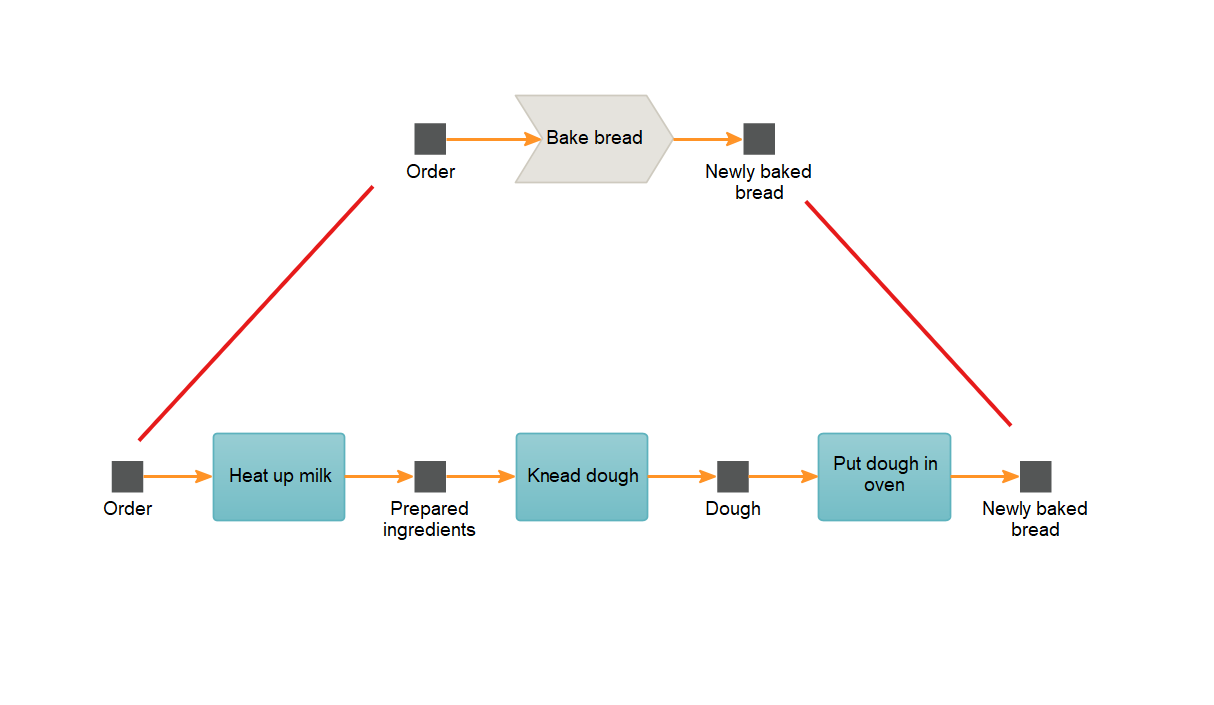
Activity

An activity is a repetitive action that performs a task. We use the active verb form to describe the activity e.g. “change tire”, “pay bill”. Generally, activities are NOT to be broken down.
Business Object

Business objects are usually written as nouns, e.g. “Invoice”, “Freshly baked bread”. Business objects are often seen as input, i.e. something that initiates an activity/process (e.g. order). Business objects can also be seen as output, i.e. the result of the activity/process.
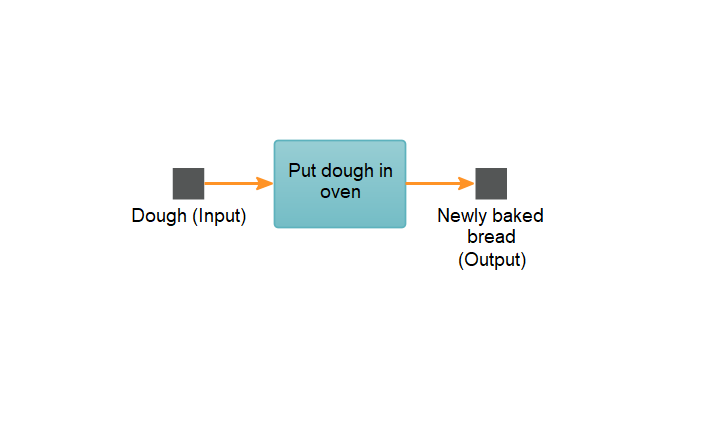
Business objects can also be something more abstract such as “Need for completion”, “Order”.
Interested Party
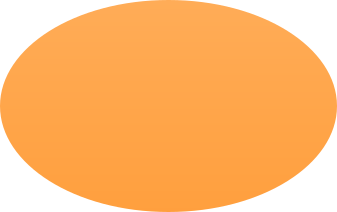
For a group or person to be considered a stakeholder in an activity, two criteria must be met.
The first is that the group, or person, has a relationship with the business.
The second criterion is that the group or person has a claim on the organization. Or that the organization has demands on the group or person. Usually both have demands on each other.
Stakeholders can be suppliers, customers, shareholders, authorities, etc.
Gateway
We have two types of Gateways. Gateways are written as a question, e.g. “Approved quality?”
Or-
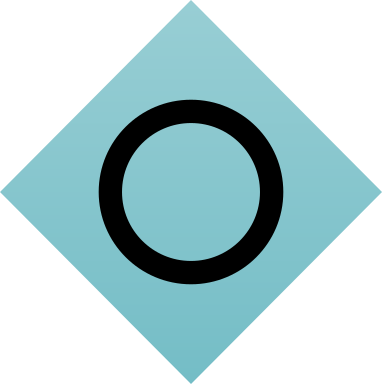
The first rule is “Or” and is always written as a question, e.g. “Passed quality?”. The activity/process we perform depends on the answer.
In the example below, we carry out the activity “Start pre-production” if the answer to the question is “yes”. We perform the activity “Contact supplier”. If the answer is “no”, then we perform the activity “Contact the delivery service”.
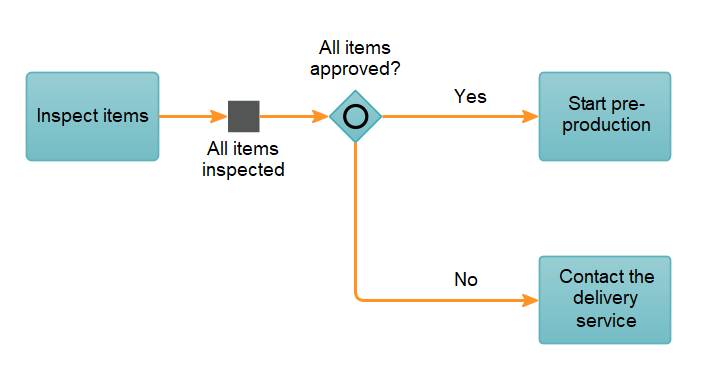
And-

The second rule is “And”, which is used if there are two or more activities to be performed simultaneously. In the example below, we perform two activities if the answer to the question is “Yes”, only the activity “Order materials” if the answer is “No”.
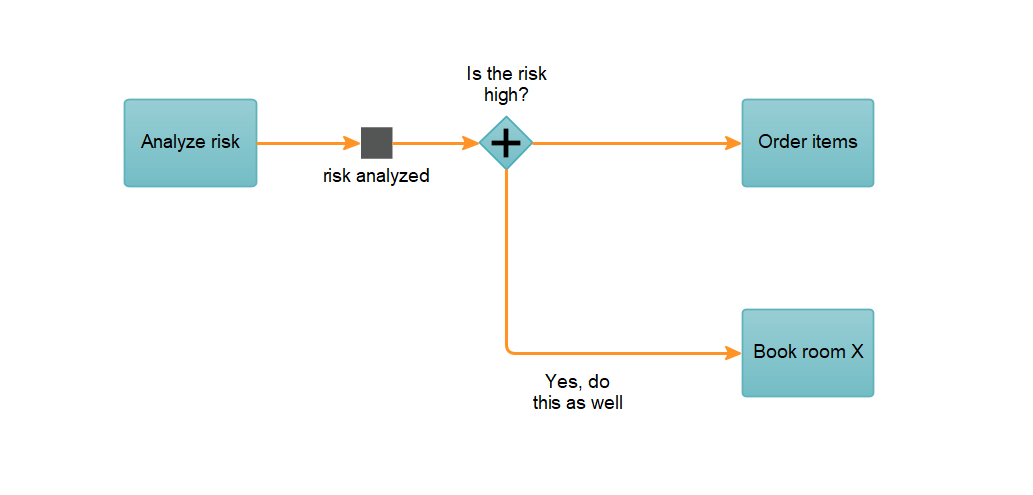
Position

A position is the title under which someone is employed, e.g. economist, consultant, graphic designer, etc. A person can only have one position.
Roll

Role is a skill or responsibility that someone has. For example, an economist may have several roles such as trade union representative, buyer, personnel manager. A person can have multiple roles
Requirement

If there are requirements for parts of the business, we use the object here. It can be anything from production, service or organization. E.g. “Always use organic goods”, “Only send by priority mail”.
Application
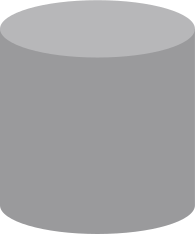
An application is an information system (e.g. software/program/app) that supports a process/activity. Often used in process and IT models.
Organization

The object is used to describe an organization or department. It can be specific like “HR”, or more abstract like “Marketing”.
Time

The time object is used to show the date/time when processes and activities should be performed, or when business objects should be available.
Target
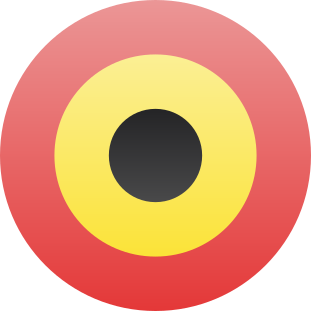
Targets, large and small, short-term and long-term we use this object.
Notes
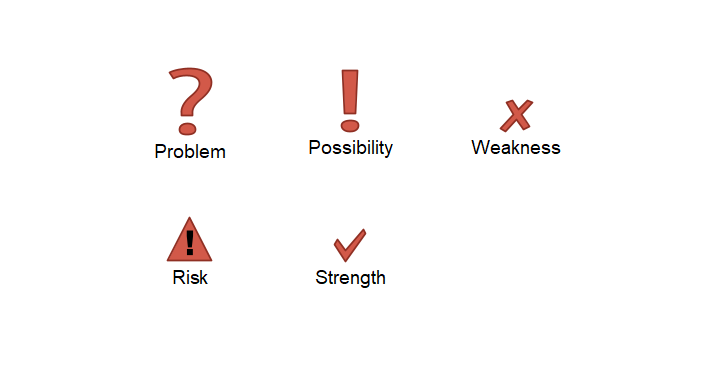
Problems/Opportunities/Risks/Strengths/Weaknesses and Notes are different indications and notes on a model, or specific objects. Most often used in building and analyzing.